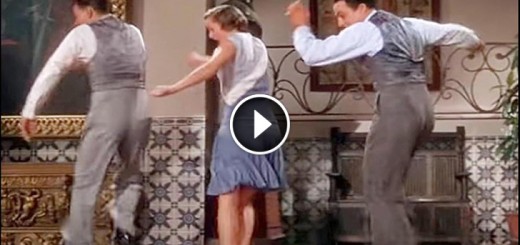Mastering Trick Questions: The Simple Truth Behind Complex Answers
In the intriguing world of riddles, some questions are designed to lead you astray.
Take this classic example: “You have 5 cows, 2 dogs, and 1 cat. How many legs do you have?”
At first glance, it seems like a basic math problem, but it’s a clever trap. Let’s break down the trickery behind this question and dive into the art of misleading inquiries.

Unpacking the Riddle: Where the Trick Lies
Your first instinct might be to count the animals’ legs: 5 cows, 2 dogs, and 1 cat.
Here’s how the math looks:
Cows: 5 cows × 4 legs = 20 legs
Dogs: 2 dogs × 4 legs = 8 legs
Cats: 1 cat × 4 legs = 4 legs
Altogether, this gives you 32 legs. But here’s the catch—the question isn’t asking for the total number of animal legs.
It’s asking about your legs. This clever twist shifts the focus back to you, making the real answer much simpler.
The Real Answer: Two Legs
The solution? You, as a human, typically have two legs. The mention of animals was simply there to mislead you—a classic distraction designed to cloud your judgment.
This riddle demonstrates how easily we can be thrown off by unnecessary information. It’s a prime example of how our brains can overcomplicate things when faced with details that seem relevant but are actually misleading.
The Psychology Behind Trick Questions
Why do deceptive questions work so well?
They play on our natural tendency to process information quickly and make assumptions.
Upon hearing a question involving animals and legs, your brain instinctively connects the two, leading you down the wrong path. This is a great demonstration of how context shapes our thinking.
Cognitive Biases That Make Us Fall for It
Several mental shortcuts contribute to why we often get tricked by such riddles:
Anchoring Bias: We tend to latch onto the first piece of information we hear, in this case, the animals and their legs, and focus on that rather than the real question.
Confirmation Bias: Once you start counting animal legs, your mind looks for more reasons to continue with that approach, even if the question’s intent is different.
Overcomplication: Sometimes, we expect tricky questions to be more complex than they really are, leading us to overthink and miss the obvious answer.
How to Outsmart Deceptive Questions
To avoid falling into these traps, try the following strategies:
Focus on the Core Question: Before diving into details, identify what’s truly being asked. If it’s about your legs, focus on yourself, not the extra information.
Cut Out Distractions: Ask yourself if the extra details are actually necessary or just noise designed to confuse you.
Keep It Simple: Break the problem down to its simplest form. If the question is about you, ignore anything unrelated.
Strengthen Critical Thinking: Engage in puzzles and brain games that encourage you to think critically and carefully.
Conclusion: The Simplicity Behind the Trick
This leg-counting riddle is a perfect illustration of how easily we can be led astray by unnecessary details.
The solution is often simpler than we think. By honing your focus and understanding the psychology behind deceptive questioning, you can avoid these mental traps.
Next time you encounter a tricky question, keep your mind sharp, stay focused on the essentials, and remember—the answer might be as simple as counting your own two legs.




























